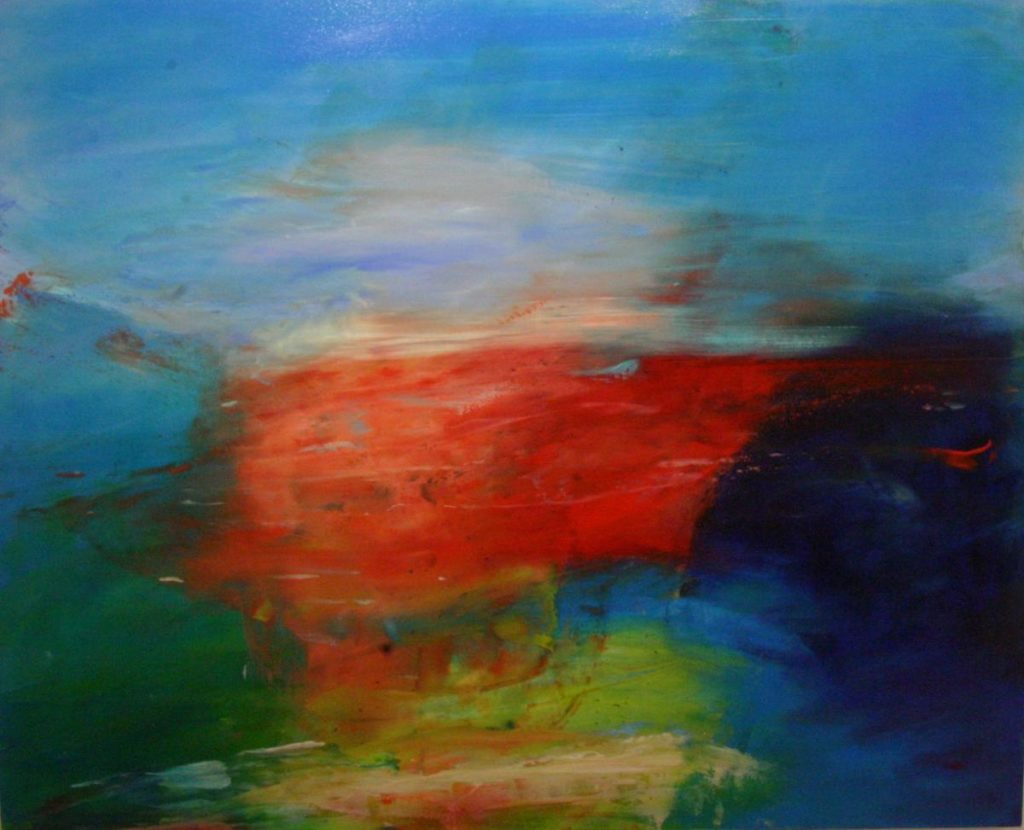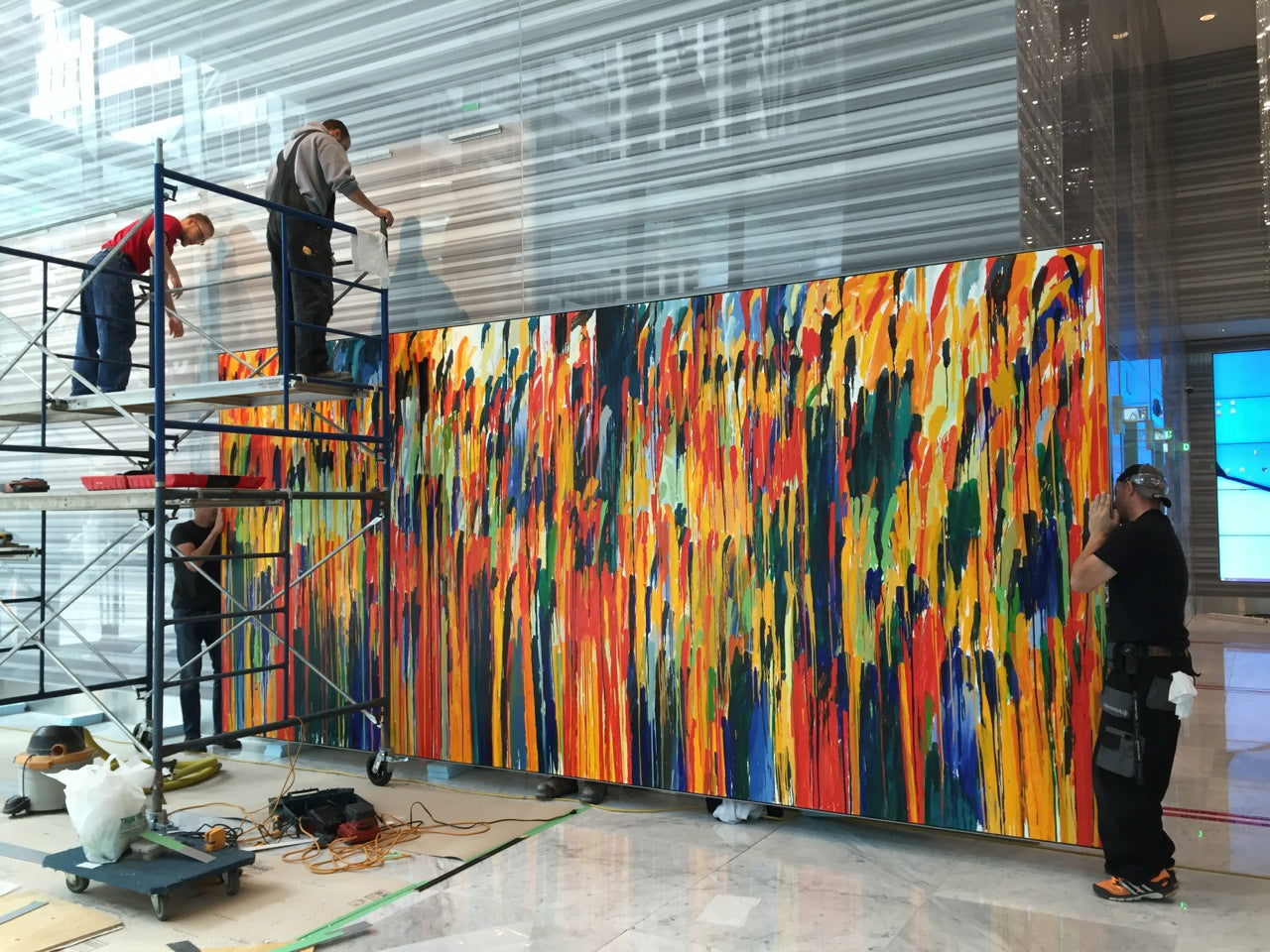
It’s one of the most frequently asked questions of those searching for raw canvas: should I choose cotton or linen for my artwork?
Whether you’re a professional artist or a hobbyist, there are quite a few different factors to consider. In this post, we’ll explore:
- how cotton and linen canvas differ,
- the benefits of linen and professional grade cotton,
- and how you can choose the right fit for your artwork.
WHAT’S THE DIFFERENCE BETWEEN COTTON AND LINEN CANVAS?
Cotton and linen canvas have a number of key differences:
- Cotton begins as a soft, fluffy fiber that stretches easily. Linen, on the other hand, is made from flax plant fibers that are more durable and rigid.
- Cotton is mass-produced in Africa, India and across the Americas, while the flax used for linen canvas typically comes from Western Europe (especially Belgium).
- Cotton has a more consistent weave, while linen has a unique texture prized by many lovers of fine art.
- Linen is harvested by hand and is therefore more expensive to produce.
- Linen is stronger and longer-lasting than cotton.
HOW ARE COTTON AND LINEN CANVAS THE SAME?
 Hem of the Sea, a 60×48 oil on canvas by Markham artist Janet Read.
Hem of the Sea, a 60×48 oil on canvas by Markham artist Janet Read.
BOTH PRODUCE BETTER PAINTINGS WHEN SIZED AND PRIMED.
If you’re going to use oil paint, you may choose to size your canvas with rabbit skin glue to tighten it up, fill in the pores of the fabric, and protect the fibres from the oils which can weaken them over time. This product gives the best results for tightening the fabric but it is only suitable for use with oil paint as acrylics will not adhere well and may flake when dry. For those who would prefer a more animal-friendly option, acrylic gesso can be used under both oils and acrylics and combines the sizing and priming steps into one.
Prime your canvas with a few layers of gesso after it’s stretched to achieve a whiter, smoother surface (or, purchase primed cotton canvas and skip both of these steps). If you don’t prime canvas, you’re left with a rough surface that will soak up a lot of paint and makes it difficult to add intricate detail. Unprimed natural linen is a tan-gray color that varies with each harvest, unless you purchase a lighter, bleached product (although the process of bleaching again makes the fibers weaker).
Note: Sizing and priming will cause both cotton and linen to contract significantly and, for larger canvases, can even twist the stretcher frame. This is especially true when using rabbit skin glue and linen (it has been known to snap braces)! Remember to account for some contraction on the initial stretch and, if planning to use rabbit skin glue, contact us to make sure the frame can handle it.
Both cotton and linen can be economical choices, depending on how you intend to use your canvas. Linen is more expensive but offers greater longevity, which could save you money on restoration later!
SO WHAT’S THE BETTER CHOICE: COTTON OR LINEN CANVAS?

Fine arts supplies manufacturer, Daniel Smith, recommends practicing your canvas stretching skills on cotton, before graduating to linen.
Ask yourself the following questions to guide your decision:
HOW COMFORTABLE AM I STRETCHING MY OWN CANVAS?
Cotton is by far the easier textile to stretch. It's quite simple (and even fun!) to stretch your own canvas but if you’re really not comfortable doing so, you can order pre-stretched canvases from Upper Canada Stretchers.
HOW LARGE A CANVAS DO I NEED?
Linen is the better canvas for large artworks, as its rigidity better supports the artwork over time. It’s critical when investing in linen to choose stretcher bars specifically designed for large canvases. See 7 Key Stretcher Bar Design Features for Large Canvas Frames for details.

See more of Claudia’s work on her website, ClaudiaPettis.com.
WHAT’S MY BUDGET FOR THIS PROJECT?
Your budget concerns are always two-fold:
- What can I afford to spend?
- Can I afford not to spend more?
What we mean by that is this: the amount you’re comfortable spending needs to take into consideration the potential cost of choosing an inferior product.
For example, there are plenty of pre-stretched economy canvas products on the market and they’re readily available in craft and art supply stores. However, the loose weave and low thread count of these canvases directly translates to a lower quality finished product that will sag over time. Further, they’re typically stretched over non-keyable, budget frames that warp, bend and weaken.
Where budget allows, linen is widely considered the better option. However, you should still feel comfortable choosing cotton so long as you go for the professional grade.
Which brings us to…
WHAT’S THE ANTICIPATED LONGEVITY OF MY ART PROJECT?
Linen is a clear winner when it comes to withstanding the test of time, but if you truly prefer cotton, you have options. To increase longevity, choose a heavier weight, professional grade cotton and make sure it’s primed properly.
THIS VIDEO OFFERS A GREAT STEP-BY-STEP TUTORIAL ON APPLYING GESSO TO YOUR RAW CANVAS:
WANT TO LEARN MORE ABOUT CHOOSING THE RIGHT CANVAS?
- Visit our Educational Resources section to see more How-To videos and other info
- Explore and compare cotton & linen canvas and purchase it in "blankets" or rolls
- Contact an Upper Canada Stretchers expert for help
LOOKING TO ORDER ONLINE? SHOP OUR ONLINE STORE FOR STRETCHER FRAMES, FLOATING FRAMES, CANVAS, STRETCHING TOOLS, & MORE! WE ALSO HAVE CUSTOM SHAPED CANVASES!









